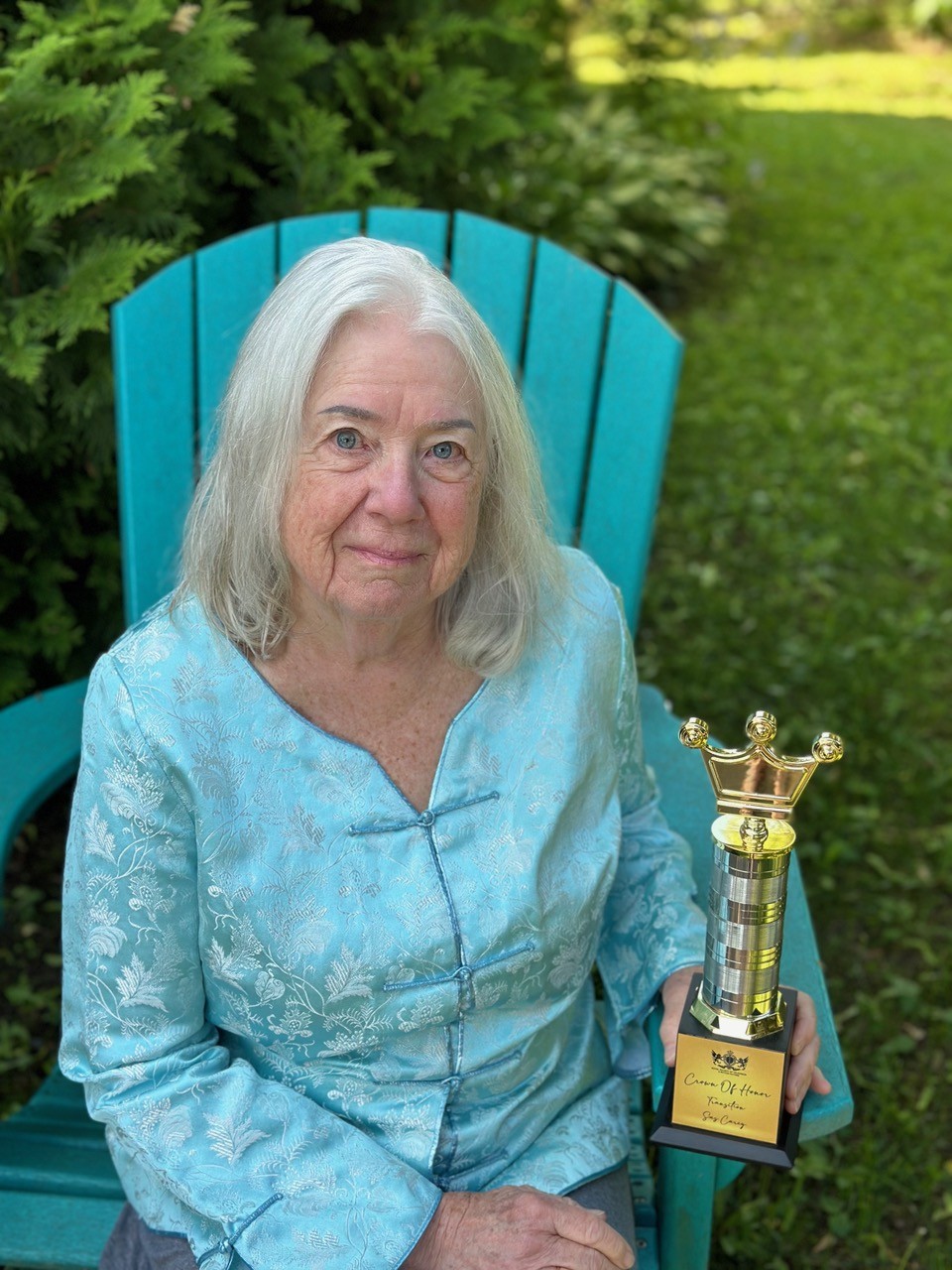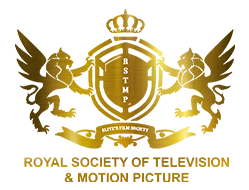
Sas Carey | Interview
I would like to thank you for the lovely trophy you sent me for our movie “Transition”. I really appreciate your choosing our documentary for your film festival and one of your favorite films.
RSTMPA – What initially drew you to filmmaking?
Sas – It wasn’t the film making that I was drawn to, I really wanted to show the Mongolian nomadic life before it disappeared. First came the topic. Then the filmmaking. Gobi nomadic women told us they each used five liters of water a day—for cooking, drinking, and cleaning. I couldn’t image how that could be enough and was meditating on it back in the US when the message came to make a movie. When I went to Mongolia to make one, I was magically connected to a videographer, got a translator, and a driver and we were off to the Gobi to shoot it. The topic inspired me first and when I met more nomadic people, I knew that they needed to be filmed, too.
RSTMPA – Who were your filmmaking influences and how do they inspire your work?
Sas – Two New Yorkers, Joseph Spaid, animator, and Fernanda Rossi, story consultant, were my first influences. I was not trained in making movies. I was not a film buff. I was a second-grade teacher and later a nurse and energy healer. It was because of the specific calling I had to make these movies. I knew I wanted the films to be as honest as possible to show true life. It wasn’t until later I learned the technique I used had a name, cinema verité. We put the camera down to record nomadic lives and in post-production edit the clips into a movie.
When I watched some famous cinema verité films, I noticed many were narrated. I wanted the nomadic herders to speak for themselves in actions and words—for the movie to be 100% their movie—so I chose not to narrate. I understand audience members flounder a bit while they watch my movies. Foreigners flounder in an unfamiliar country, as we did when we were learning something new.
RSTMPA – What are some of the biggest challenges that you face as an independent filmmaker?
Sas – The biggest challenge is financing. We started Nomadicare.org, our non-profit, to raise funding for the work. “Transition” was a low budget movie. Only four of us rode on reindeer and horses into the taiga. We had less equipment which turned out to be an advantage, since it all needed to be carried by horse. And we had no electricity so had to charge our equipment with solar panels and batteries.
A small crew ended up being helpful since we did not interrupt nomadic lives as a larger crew might have. We slept on the ground. Shot in mountains at 2500 meters in rain, snow and high winds. But, having a solid crew, everyone worked together to show the herder’s lives.
RSTMPA – What advice do you have for aspiring independent filmmakers on building a strong crew?
Sas – Choose crewmembers you know from their work. I met our Director Of Photography Marcin Lesisz in Estonia when we each won an award for a film. Site sound person was Dune Mayberger, my grandchild. My translator and I had worked together before. Our production and post- production crews were recommended by others. That we get along while on site is imperative since our travel and the lifestyle for shooting are challenging. We visited the family of Khongorzul, the protagonist, in the taiga. Shooting a simple lifestyle like we were, you need hardy crew members who aren’t going to complain, living in tents, eating unusual food, driving twelve hours of bumpy car ride on dirt roads then riding eight hours on horses. Even when there are no bathrooms!
My advice is to find people whom you trust and whose work you appreciate. As director, building an atmosphere of respect, kindness, and attention is important for a strong crew. And how you get along shows in the movie you make.
RSTMPA – What strategies do you use to get your films seen by a wider audience?
Sas – Maybe this interview will help!
We are honored that Transition has been screened by forty-two film festivals on five continents.
I take advantage of any opportunity to introduce audiences to our films at libraries, schools, residences, museums, and theaters. I wrote a new book called Marrying Mongolia and I am hoping those who read it or listen to the audio book recorded in 2024 might decide to watch the movies!
Our films are available on Amazon Prime and Vimeo. We hope individuals around the world can screen them.
RSTMPA – What are your thoughts on the future of independent cinema in the digital age?
Sas – I think it is very hopeful because making films require less equipment and people from all over the world can screen movies from the internet. What I really want is for individuals to see the movie and be exposed to the unique lifestyle that it shows. That seems feasible.
RSTMPA – Can you tell us about the inspiration behind your winning film?
Sas – After I had made a film called “Gobi Women’s Song” and visiting the women eight years later, I discovered that they were not nomads anymore. I decided to make a movie called “Migration” which showed the lifestyle of reindeer herders who were still nomadic herders. While there I met Khongorzul, our protagonist. Over the years, I had watched her become a medical doctor and help translate a movie for us. I could see her dilemma of whether to live the lifestyle she was brought up in or get a job in the city. The question many asked was why the nomadic life was at risk. My goal was to show how one person dealt with this question.
RSTMPA – Are there any upcoming projects you’re excited to work on?
Sas – I have spent the past thirty years producing material. It felt urgent, as if the at-risk nomadic herding lifestyle needed to be documented now. I first went to Mongolia in 1994. Only professionals had cameras. It was a transition period, from socialism to democracy. In 1995 when I went back to learn traditional Mongolian medicine, my teacher took us to the countryside to identify herbs. My first sight of a ger (yurt) and the lifestyle reminded me of a movie set. The lifestyle was so ancient, and herders were still living it.
I ignored the need to market over the next years in favor of catching the lifestyle on camera.
I am working on two big projects today. First, I’m in the process of marketing the four features, two shorts, and two books I have already made. Secondly, I am exploring venues for where my lifetime of material, clips, and the notes will go. What university or museum in the United States and maybe Mongolia would make them available to the most Mongolians and researchers. While not as exciting as making a film, it is something that will give the work longevity.



Sorry, the comment form is closed at this time.